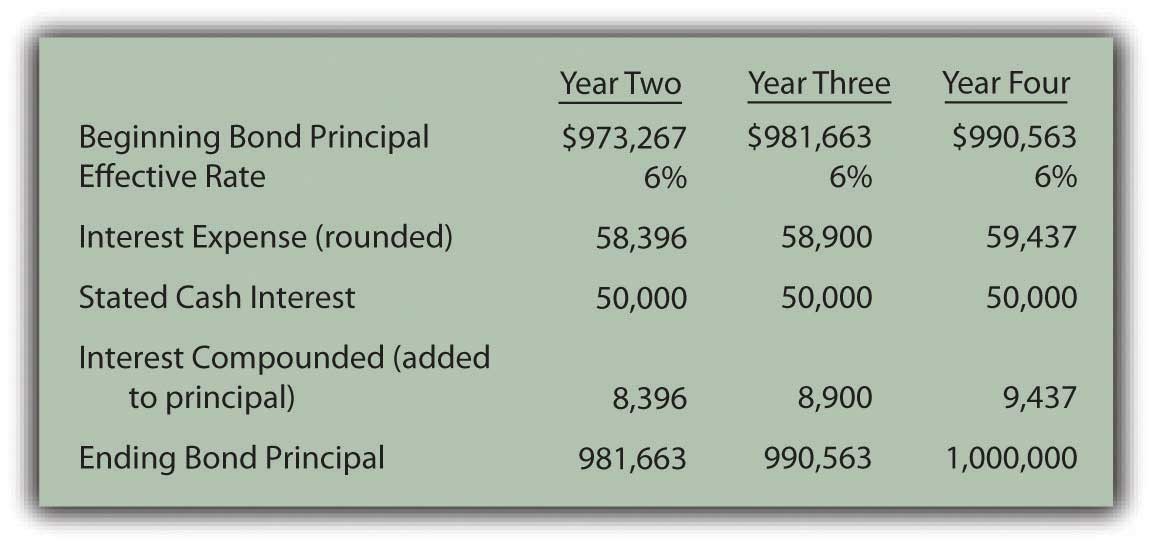Bonds Payable
Post on: 22 Май, 2015 No Comment

Calculating the Present Value of a 9% Bond in a 10% Market
Amortizing Bond Discount with the Effective Interest Rate Method
Additional Bond Terminology
Introduction to Bonds Payable
Bonds are a form of long-term debt. You might think of a bond as an IOU issued by a corporation and purchased by an investor for cash. The corporation issuing the bond is borrowing money from an investor who becomes a lender and bondholder.
A bond is a formal contract that requires the issuing corporation to pay the bondholders
- Interest every six months based on the bond’s stated interest rate, and The principal or face amount on the bond’s maturity date.
There are two significant advantages for a corporation to issue bonds instead of common stock:
- Bonds will not dilute the ownership interest of the stockholders, and Bonds have a lower cost than common stock.
Bonds have a lower cost than common stock because of the bond’s formal contract to pay the interest and principal payments to the bondholders and to adhere to other conditions. A second reason for bonds having a lower cost is that the bond interest paid by the issuing corporation is deductible on its U.S. income tax return, whereas dividends are not tax deductible.
The market value of an existing bond will fluctuate with changes in the market interest rates and with changes in the financial condition of the corporation that issued the bond. For example, an existing bond that promises to pay 9% interest for the next 20 years will become less valuable if market interest rates rise to 10%. Likewise, a 9% bond will become more valuable if market interest rates decrease to 8%. When the financial condition of the issuing corporation deteriorates, the market value of the bond is likely to decline as well.
Present value calculations are used to determine a bond’s market value and to calculate the true or effective interest rate paid by the corporation and earned by the investor. Present value calculations discount a bond’s fixed cash payments of interest and principal by the market interest rate for the bond.
Note: The 1,700 exam questions and answers found in AccountingCoach PRO will provide you with a great way to assess, deepen, and retain your understanding of accounting and business.
Bond Interest and Principal Payments
When a corporation issues a bond, it promises to pay the bondholder
- Interest every six months at the bond’s stated interest rate, and The principal or face amount when the bond comes due at its maturity date.
Bond Interest Payments
Normally, a bond’s interest payments occur semiannually. This means that the corporation issuing a bond will pay to the bondholders one-half of the annual interest at the end of each six-month period as long as the bond is outstanding. The formula for calculating the semiannual interest payments is:
Face Amount of the Bond x Stated Annual Interest Rate x 6/12 of a Year
The following terms mean the same as a bond’s stated interest rate:
- face interest rate nominal interest rate coupon interest rate contractual interest rate
Throughout our explanation of bonds payable we will use the term stated interest rate or stated rate. Usually a bond’s stated interest rate is fixed or locked-in for the life of the bond.
Bond Principal Payment
A bond’s principal payment is the dollar amount that appears on the face of a bond. This is the amount that the issuing corporation must pay to the bondholders on the date that a bond matures or comes due. Here are some names that refer to a bond’s principal amount.
- face value par or par value maturity value or maturity amount stated value
Throughout our explanation we will use these terms interchangeably. In addition, we assume that the bond’s principal amount will be due on a single date.
Timeline for Interest and Principal Payments
It is helpful to prepare a timeline to visualize the cash payments that a corporation promises to pay its bondholders. The following timeline presents the cash payments of interest and principal for a 9% $100,000 bond maturing in 5 years:
As the timeline indicates, the corporation will pay its bondholders 10 semiannual interest payments of $4,500 ($100,000 x 9% x 6/12 of a year). Each of the interest payments occurs at the end of each of the 10 six-month time periods. When the bond matures at the end of the 10th six-month period, the corporation must make the $100,000 principal payment to its bondholders.
Keep in mind that a bond’s stated cash amountsthe ones shown in our timelinewill not change during the life of the bond.














